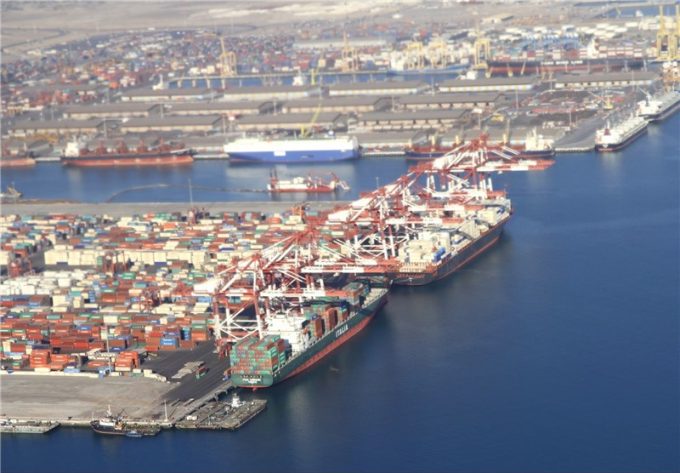VIDEO: Ukraine special forces destroy Russian freight train
Russia’s railfreight problems are only continuing to worsen. After sanctions last year sucked the country ...

Russia has begun sending goods to India via the International North South Transport Corridor (INSTC) to overcome sanctions-related challenges in doing business with traditional trade partners.
INSTC is a 7,200km multimodal, cross-border freight network that links Russia to Central Asia, Iran and India, involving sea, rail and road links. It was initiated by India, Russia and Iran in 2000, with an agreement signed in 2002, but was never used to its full potential.
In the original concept, Russian consignments for India connected ...
Volcanic disruption at Anchorage could hit transpacific airfreight operations
Shippers snap up airfreight capacity to US ahead of tariff deadline
Forwarders stay cool as US 'liberation day' tariffs threaten 'global trade war'
New price hikes may slow ocean spot rate slide – but for how long?
Tighter EU import requirements proving 'a challenge' for forwarders
Supply chain delays expected after earthquake hits Myanmar
Looming Trump tariffs will create 'a bureaucratic monster' for Customs

Comment on this article